Binh Thuan is known as a locality with 3 “kh”: dry, difficult and miserable. Along with Ninh Thuan province, Binh Thuan is located in the driest region in the country. The dry season usually starts from November to April of the following year. But in reality, the rainy season only lasts for 3 months, from August to October every year. Therefore, it can be said that the dry season in Binh Thuan often lasts long, leading to the depletion of surface water sources in natural rivers and streams and the decline of underground water sources.
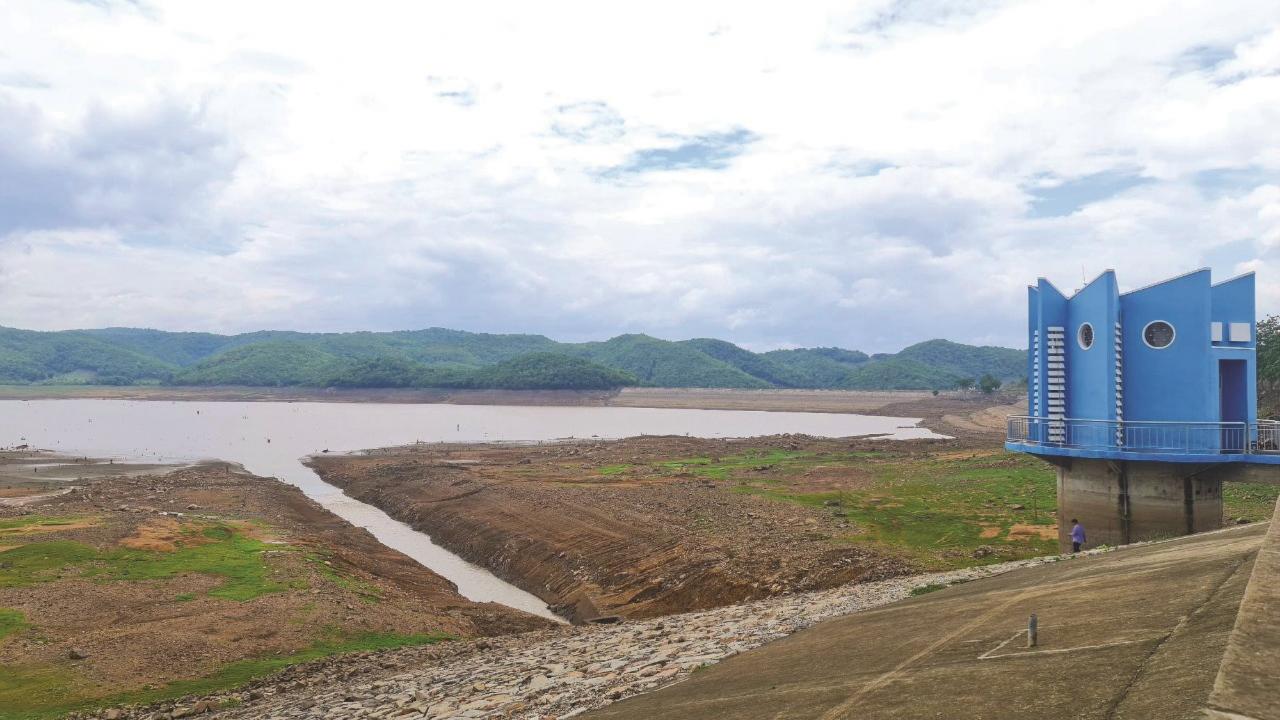
Protect water resources for production and daily life
Despite the drought, Binh Thuan province currently has only 49 irrigation reservoirs of all kinds in operation. The total designed capacity is only over 362 million m3 , but the total water demand for domestic use and agricultural production in the province from now to 2030 is over 1,169 million m3 /year. This does not meet the requirements for storing water reserves to supply domestic use and agricultural production during the dry months. To solve the problem of clean water for people, in recent times, the Binh Thuan Center for Clean Water and Rural Environmental Sanitation has made efforts to implement many solutions to bring clean water to rural areas to serve people's daily life. Accordingly, the center has taken advantage of state budget capital sources, including capital from the national target program on new rural construction and capital from the career development fund to invest in, upgrade and expand clean water supply works for people in the province. Currently, this center is managing and operating 41 water supply works with a total designed capacity of 54,150 m3/day, serving water supply in 2 wards, 9 towns and 55 communes, including 9 highland communes and 23 ethnic minority villages, 3 island communes in 9/10 districts, towns and cities.
In order to proactively provide water for agricultural production, Binh Thuan province has implemented solutions to protect water resources to control the quality of surface water to serve the daily life and agricultural production needs of local people. In particular, the Provincial People's Committee also requires competent agencies to regularly inspect, monitor, and measure samples of environmental "hot spots", not allowing production activities of establishments that pollute water sources to affect people's lives. At the same time, promote basic investigation, planning, monitoring, supervision of water resources and supervision of water exploitation and use activities such as: Planning water resources in the province; building and operating a water resources monitoring and supervision system in the province; Strengthening measures to store water, regulate, use comprehensively, save water resources and develop effective water use models... Particularly for the work of protecting and improving the environment of the La Nga river basin, located in the Dong Nai river basin, the Provincial People's Committee also requires functional agencies to regularly inspect, monitor, measure and take samples to have enough basis to develop and implement measures to prevent, handle, overcome and control environmental pollution in the La Nga river basin. Currently, there are 7 points in the La Nga river basin that have been sampled annually, and many environmental protection inspections have been carried out for production and business establishments. In particular, focusing on inspections of pig farms, rubber processing establishments, hospitals, landfills, establishments in industrial parks, industrial clusters, and environmental hotspots in districts located in the La Nga river basin. In addition, the Department of Natural Resources and Environment also focuses on disseminating policies on water resource protection to raise awareness among people and businesses about the role of reservoirs as well as the negative impacts on water quality and the risks of water shortages threatening the lives and production of people in the province.
Synchronous investment in irrigation works
The development of irrigation works in the province will help prevent the production land from being abandoned, therefore, Binh Thuan province has implemented a Plan to support the development of small irrigation works, intra-field irrigation and advanced irrigation, saving water in the province. In recent years, the investment in the construction of headworks and main canals of medium and large irrigation systems has been basically completed, however, due to limited resources such as technical resources and lack of funds for regular maintenance, many works have been damaged and degraded.
To promote the effectiveness of the irrigation system, it is necessary to invest synchronously in the works from the main to the field. On the other hand, the current intra-field irrigation infrastructure does not meet the requirements of agricultural production according to advanced farming methods or crop restructuring. The rate of intra-field canal consolidation is low, up to now reaching about 10.2% (199.92 km/1,966.03 km). The results of applying advanced irrigation and water saving for upland crops are currently 21,500/154,700 ha. Therefore, it is necessary to increase investment in developing small-scale irrigation infrastructure and intra-field irrigation with the support of the State to meet the restructuring of the agricultural sector and adapt to climate change. The province's goal will be to focus on developing a synchronous small-scale irrigation system, intra-field irrigation, using advanced irrigation techniques, saving water to exploit and make the best use of existing water resources to serve agricultural production, increase the area of proactive irrigation, promote the process of intensive cultivation, increase the efficiency of water use, contribute to creating rapid and sustainable changes in agricultural production and rural economy, stabilize the socio-economic situation, security and politics in the whole province. By 2025, the area of main, concentrated dry crops irrigated with advanced, water-saving irrigation will reach 20%; the rate of solidification of intra-field canals will reach 15%.
To achieve that goal, the province will continue to focus on investing in construction for areas of crop conversion, drought areas, areas with difficult water sources at the end of canals, areas of high economic value crops, applying scientific and technical advances, advanced irrigation, and water saving in production. In addition, building small concentrated irrigation works and repairing and upgrading existing works in the area to promote the effectiveness of the works, in order to improve the efficiency of water use. Prioritizing the construction of advanced irrigation works, saving water for dry crops to increase income and ensure stable people's lives. Carrying out the consolidation of canals and ditches in the direction of prioritizing investment in areas with large agricultural production areas, new rural communes and agricultural products accounting for a high proportion of the total local product to stabilize the works to increase resilience to natural disasters, save water, reduce maintenance costs associated with the development of intra-field traffic, rural embellishment, etc.
Source


![[Photo] President Luong Cuong receives Prime Minister of the Kingdom of Thailand Paetongtarn Shinawatra](https://vphoto.vietnam.vn/thumb/1200x675/vietnam/resource/IMAGE/2025/5/16/52c73b27198a4e12bd6a903d1c218846)

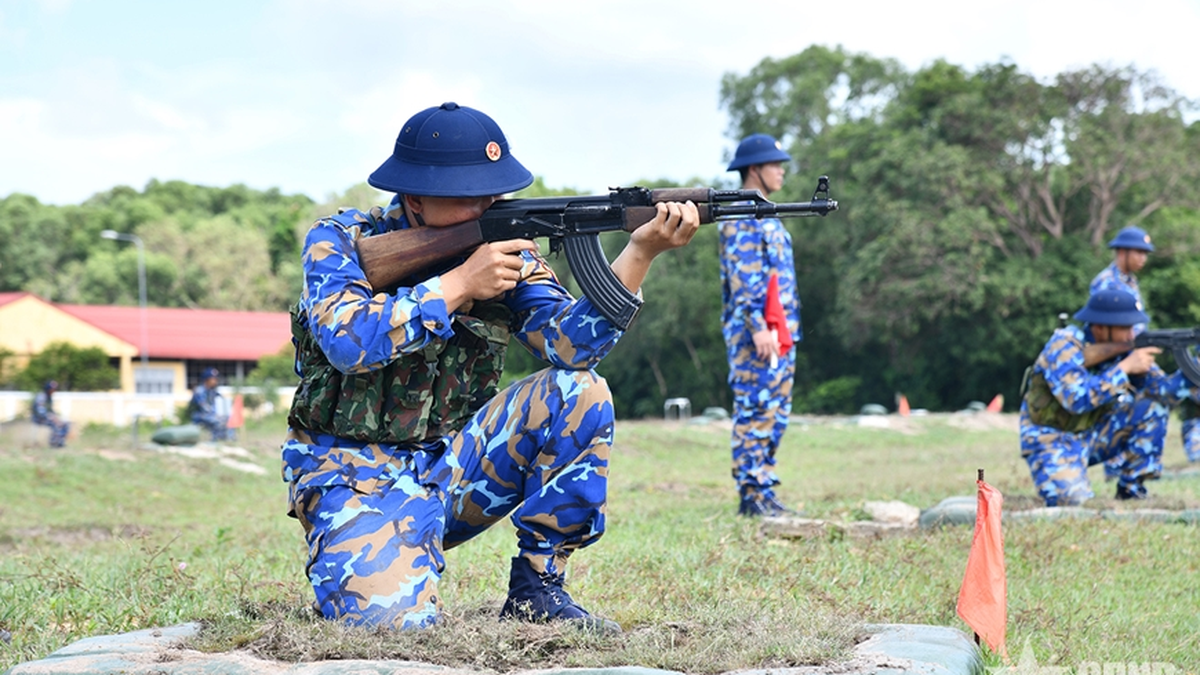
![[Photo] Prime Minister Pham Minh Chinh and Prime Minister of the Kingdom of Thailand Paetongtarn Shinawatra attend the Vietnam-Thailand Business Forum 2025](https://vphoto.vietnam.vn/thumb/1200x675/vietnam/resource/IMAGE/2025/5/16/1cdfce54d25c48a68ae6fb9204f2171a)



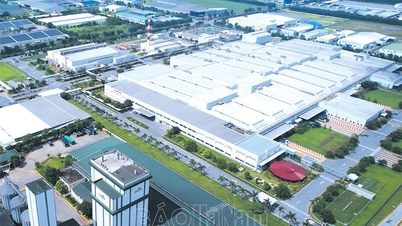





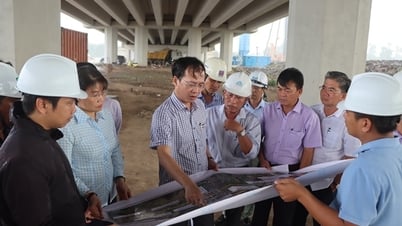

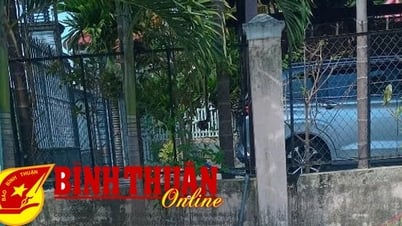



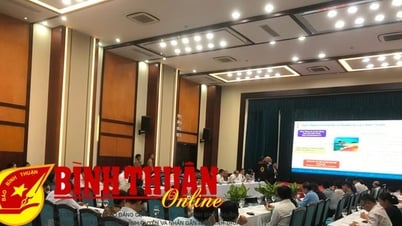






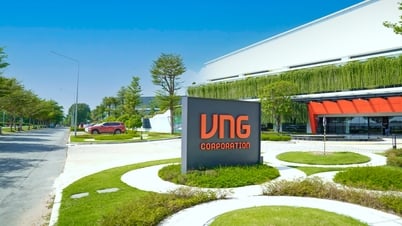
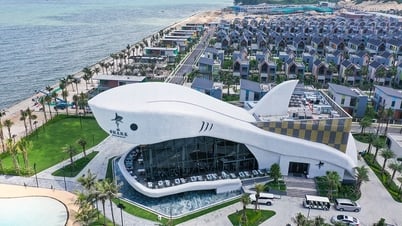

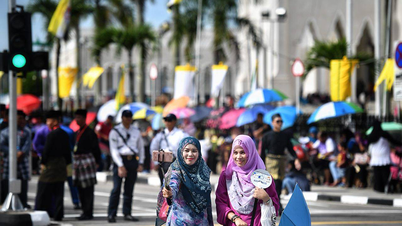
![[Photo] The Prime Ministers of Vietnam and Thailand witnessed the signing ceremony of cooperation and exchange of documents.](https://vphoto.vietnam.vn/thumb/1200x675/vietnam/resource/IMAGE/2025/5/16/935407e225f640f9ac97b85d3359c1a5)
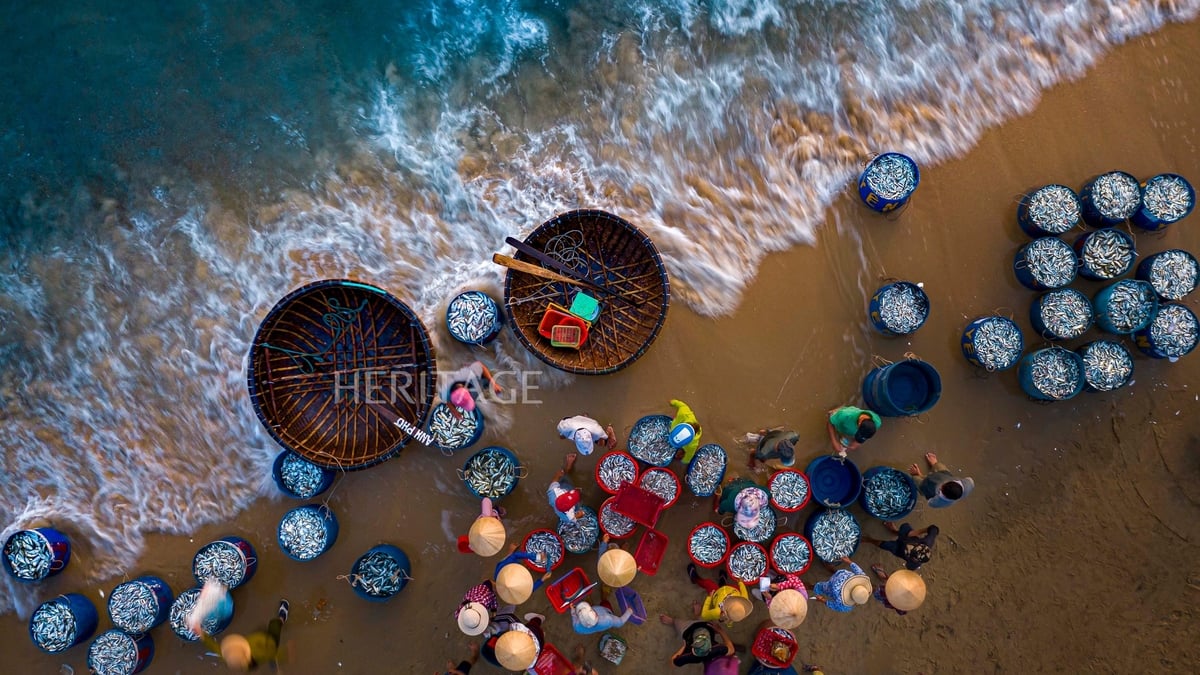


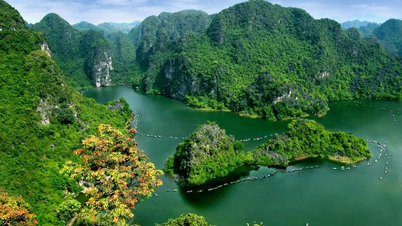

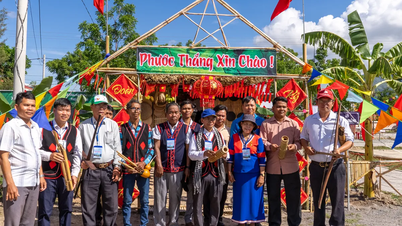





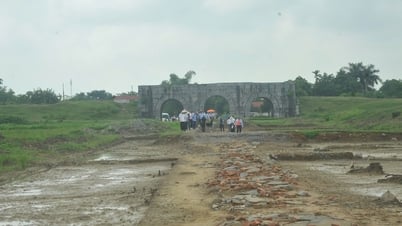




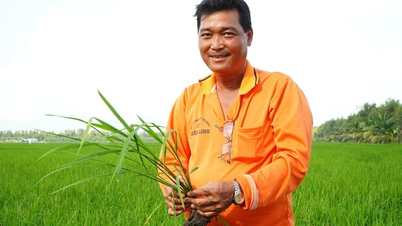

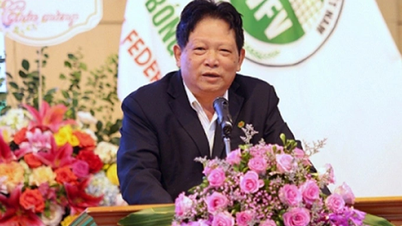









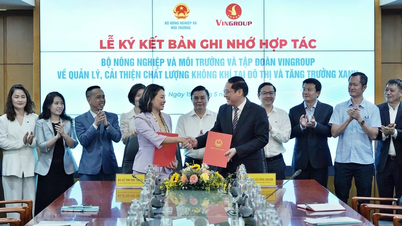










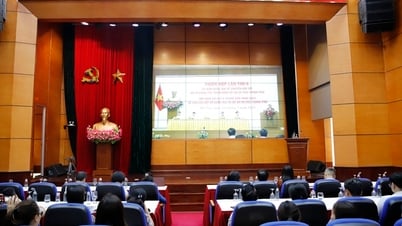




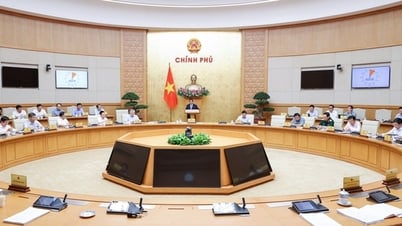
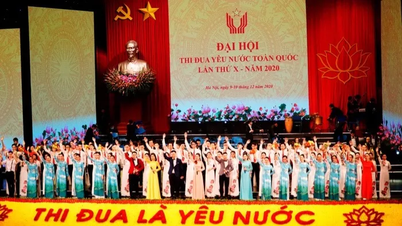

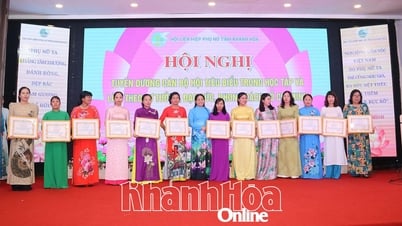




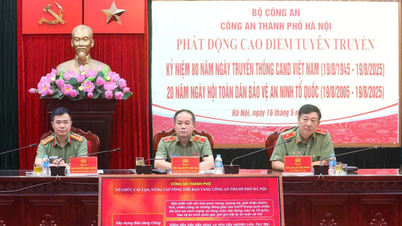

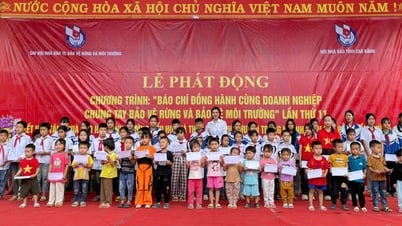

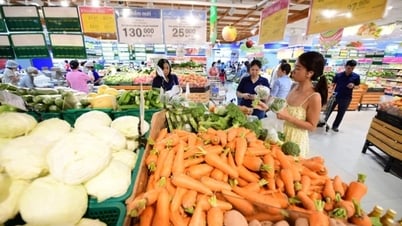
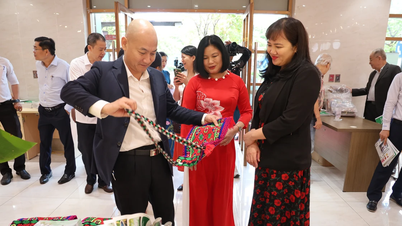

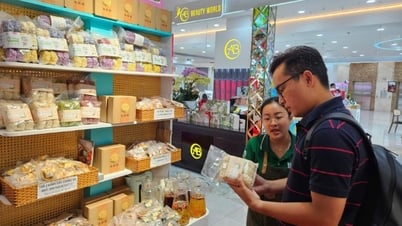


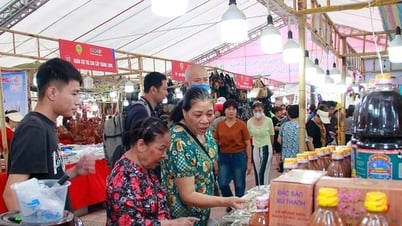


Comment (0)